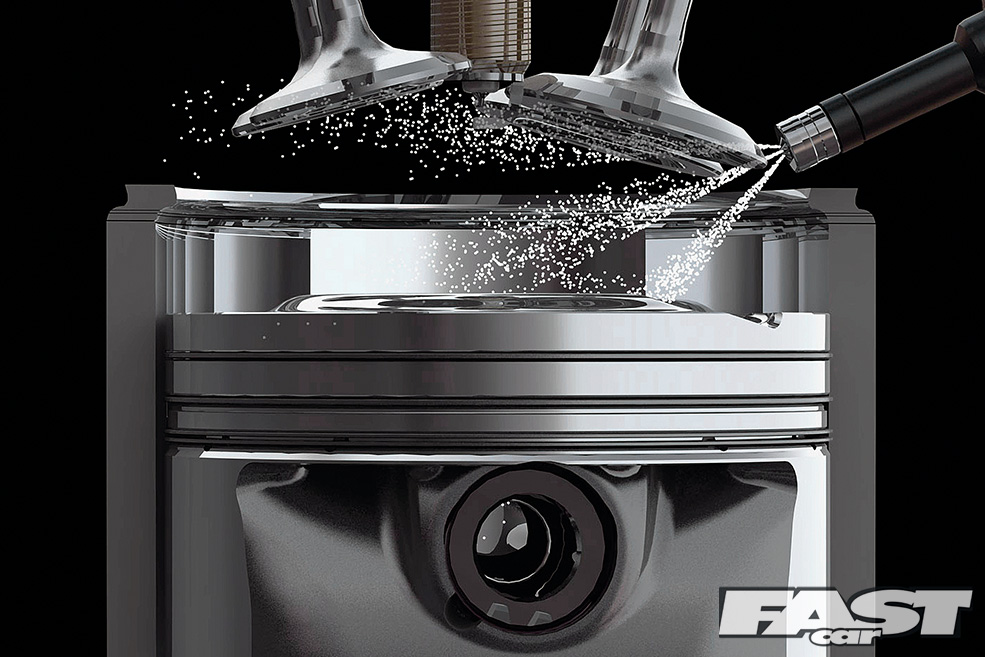When you say as lean as possible 12:1 is not lean. when I look at lambda 1 is 14.7 to 1, 12:1 in lambda would be slightly rich and have a value of, I'm guessing of about 8 now 17:1 in lambda woulds be about -8. So when I'm loooking at fuel trims Negative munbers is subtracting fuel from the center point of 1 and + numbers are adding fuel to the center poil of 1 yes fuel ratios are always changing but at normal cruising, steady throttle 14.7 to 1 is the spot (stoich) Lamba is 1 , 17/1 would be on the lean side 12/1 would be on the rich side but under certain conditions that would be the best fuel economy but it's running richer. I don't need google but I use as a back up for others to research https://help.summitracing.com/app/answers/detail/a_id/5230/~/engine-basics---air/fuel-mixtureAre you kidding? You don't have to Google very deeply to find out how ECMs actually keep modulating the AFR above and below this value in function of different operating parameters.
And the goal IS to stay as lean as possible for best fuel economy. Under some conditions leanest may be 12: 1, under others maybe 17:1.
Last edited:






